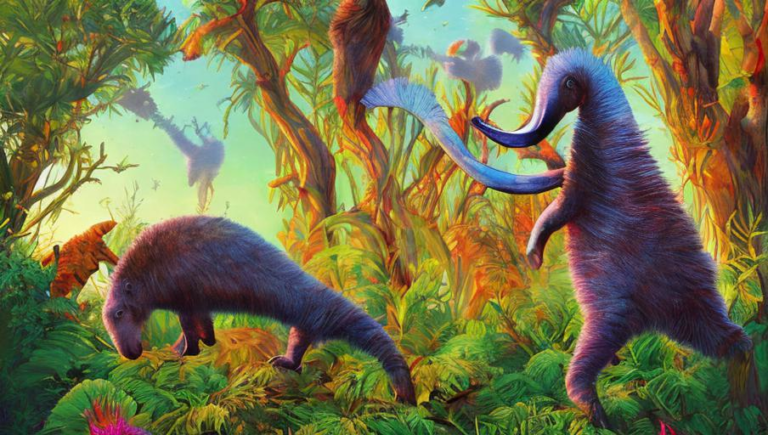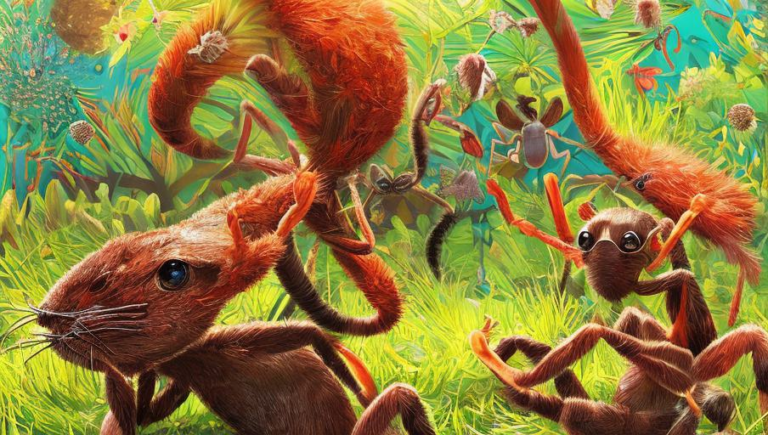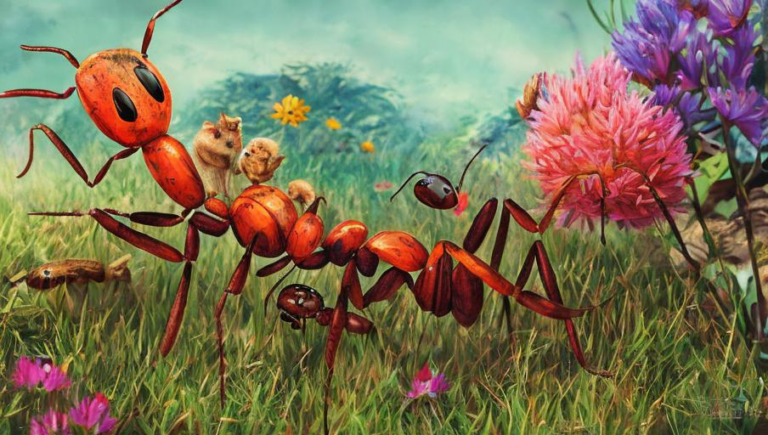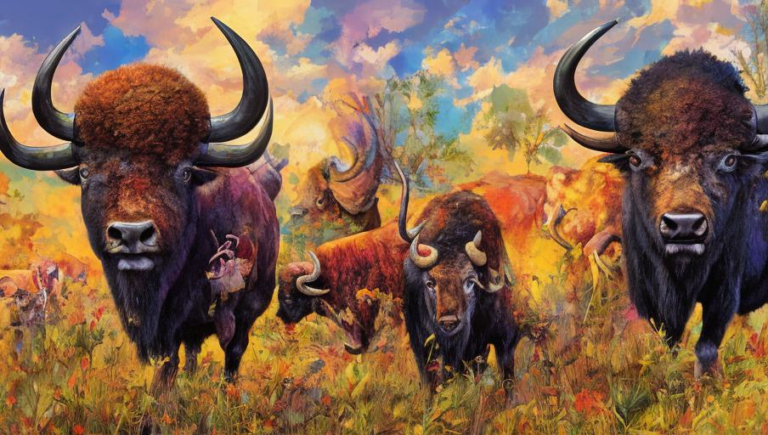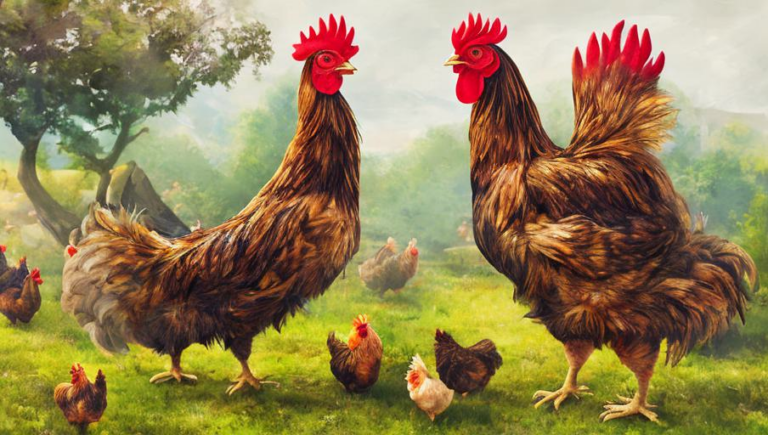Unveiling the Coyote’s Social Behaviors
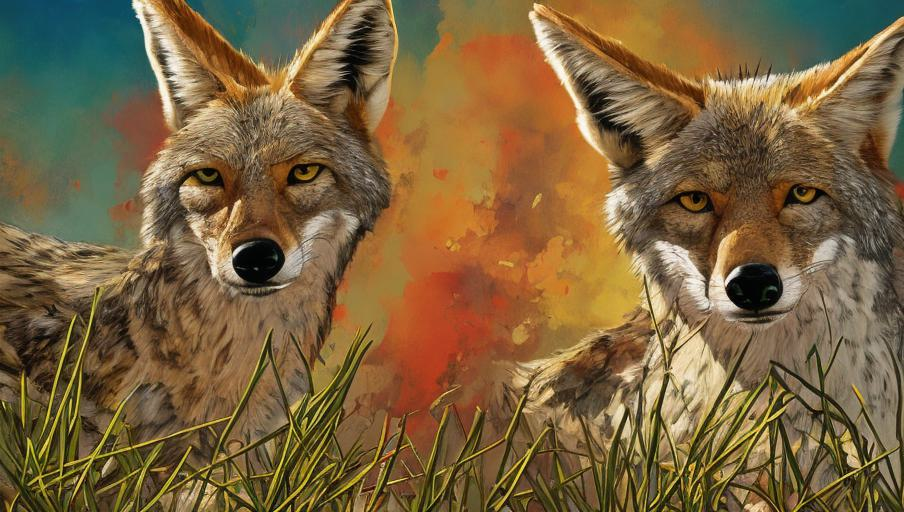
The Fascinating Social Behaviors of Coyotes
Coyotes are incredibly intelligent and socially complex animals, with a range of behaviors that have been studied by researchers for many years. While they are often seen as a nuisance to humans due to their scavenging habits, coyotes are actually very important to many ecosystems, helping to keep the populations of small animals in check. They are also very social animals, with complex social behaviors that have been documented in the wild.
The Social Structure of Coyotes
Coyotes live in family groups known as packs, which are composed of a mating pair and their offspring. The pack can range in size from just two to up to fifteen coyotes. The pack is led by the dominant breeding pair, who are usually the oldest and most experienced animals in the group. The other coyotes in the pack are usually their offspring, though occasionally the group may include one or two unrelated coyotes.
Within the pack, each coyote has a specific role to fulfill. The most dominant animals are usually the breeders, and they make all the decisions for the group. The other coyotes in the pack help to hunt for food, defend the territory, and look after the young. Coyotes are also very good at communicating with one another, using a range of different vocalizations and body language cues.
Coyote Social Interactions
Coyotes are known to be highly social animals and they engage in a range of different interactions with one another. They will often greet each other with a friendly nuzzle or touch of the nose, and they also communicate through vocalizations such as yips, howls, and barks. Coyotes will also engage in play behavior, such as chasing each other or playing tag. They have also been known to share food with one another and to groom each other as a sign of affection.
Coyotes also use social behaviors to establish their dominance and hierarchy within the pack. Dominant animals will often stand in a stiff-legged stance and make direct eye contact with subordinates. They will also make themselves look bigger by raising their hackles and showing their teeth. Subordinate coyotes will usually show submission by crouching low to the ground, avoiding eye contact, and licking the dominant coyote’s face.
The Significance of Coyotes in the Ecosystem
Coyotes are an important part of many ecosystems, helping to keep the populations of small animals in check by preying on them. They also help to spread seeds and disperse fruits and nuts, which helps to promote the growth of plants and trees. Coyotes also help to keep populations of larger predators in check, as they will often chase away larger predators such as wolves and bears, keeping them away from their territory.
The fascinating social behaviors of coyotes shows just how important they are to the ecosystems they inhabit. By understanding and respecting the social behaviors of coyotes, we can ensure that they are able to continue to play an important role in maintaining the health of our ecosystems.
